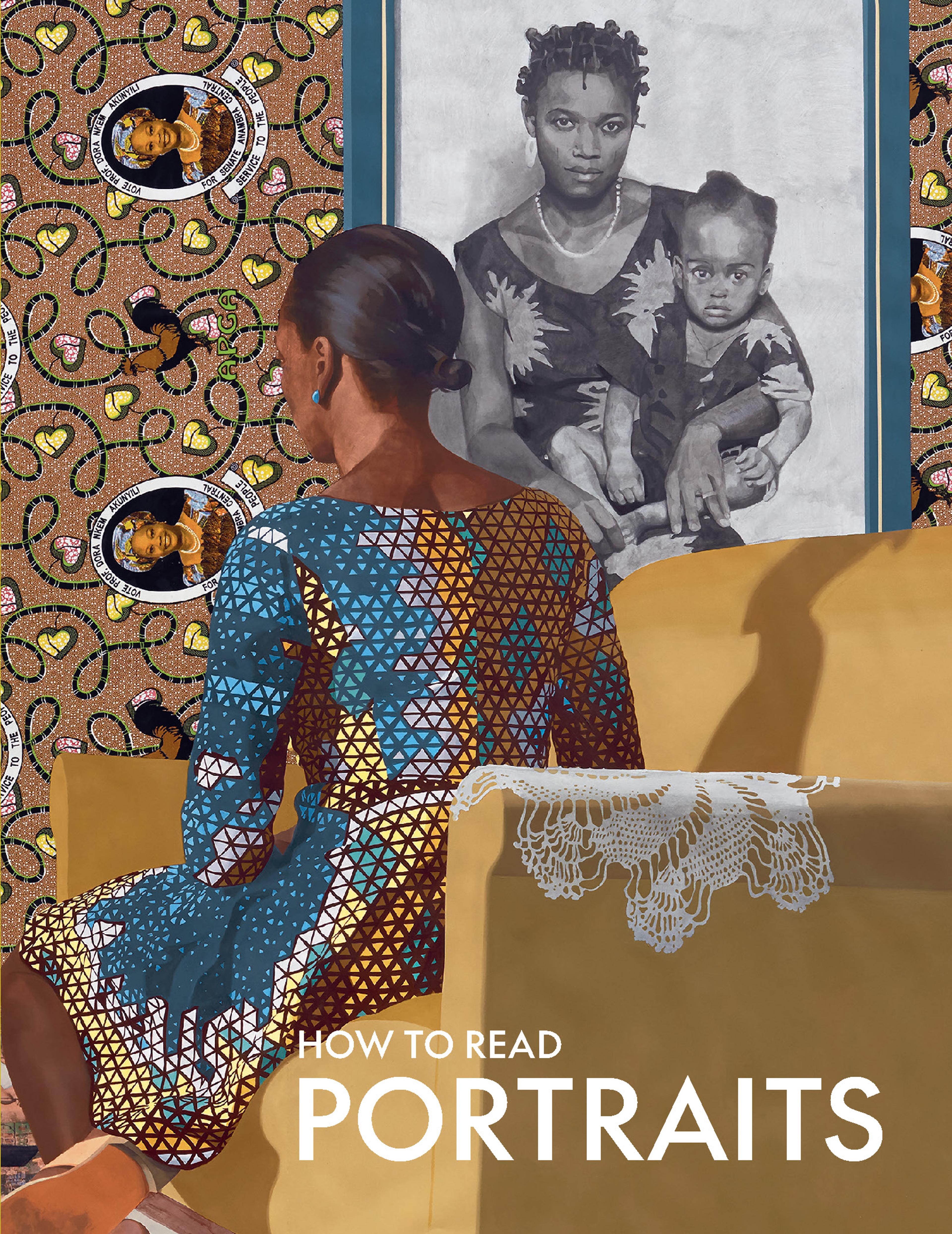Marble portrait of the emperor Augustus
Although Augustus’ features are individualized, he is represented in an idealized, ageless way. When he died in A.D. 14, he was seventy-seven years old, but no portraits of him in old age are known.
Artwork Details
- Title: Marble portrait of the emperor Augustus
- Period: Early Imperial, Julio-Claudian
- Date: ca. 14–37 CE
- Culture: Roman
- Medium: Marble
- Dimensions: 12in. (30.5cm)
- Classification: Stone Sculpture
- Credit Line: Rogers Fund, 1907
- Object Number: 07.286.115
- Curatorial Department: Greek and Roman Art
Audio
1092. Marble portrait of the emperor Augustus
PHILIPPE DE MONTEBELLO READING AS CAESAR AUGUSTUS: … I was named Augustus by resolution of the Senate. The doorposts of my house were officially decked out with young laurel trees, the oak wreath was placed over the door, and in the Curia Iulia was displayed the golden shield, which the Senate and the people granted me on account of my bravery, clemency, justice, and piety, as is inscribed on the shield itself. [Res Gestae 34]
ELIZABETH MILLEKER: These are the words of Caesar Augustus, the first Emperor of Rome, whom you see before you. He who ruled between 27 B.C. and A.D 14. This marble head is just one of hundreds of the Emperor’s official portrait – an important instrument of propaganda – that was distributed throughout the Empire. By making subtle adjustments to the Emperor’s appearance, this image embodied the qualities that Augustus wished to convey. The portrait dramatically differs from the semi-divine imagery of the Hellenistic kings, and from the realistic style of late Republican portraits also on view in this gallery. This image was a new conception of a ruler portrait, with individualized features and an overall effect of calmness. Notice his broad cheeks, prominent brow, and widely spaced eyes, and how each lock on his head has been carefully arranged. The expression radiates a sense of timelessness and dignity that brings to mind Classical Greek art of the fifth century B.C. With this studied understatement Augustus could evoke the values of the glorious past of Athens, and, at the same time, present himself simply as first among equals.
More Artwork
Research Resources
The Met provides unparalleled resources for research and welcomes an international community of students and scholars. The Met's Open Access API is where creators and researchers can connect to the The Met collection. Open Access data and public domain images are available for unrestricted commercial and noncommercial use without permission or fee.
To request images under copyright and other restrictions, please use this Image Request form.
Feedback
We continue to research and examine historical and cultural context for objects in The Met collection. If you have comments or questions about this object record, please contact us using the form below. The Museum looks forward to receiving your comments.
